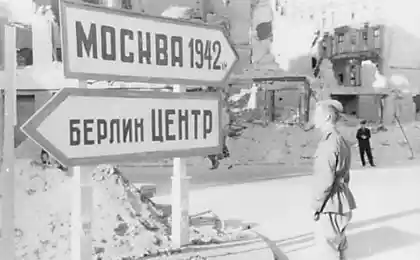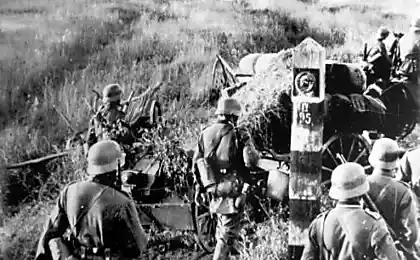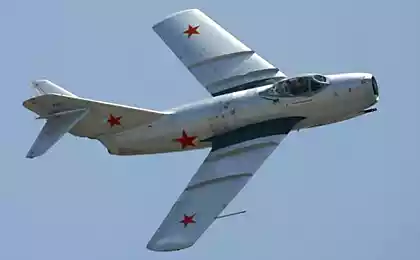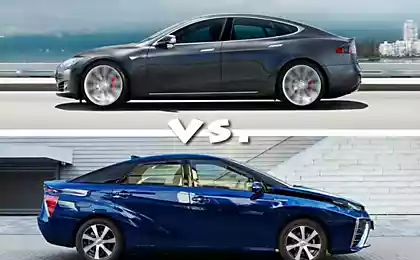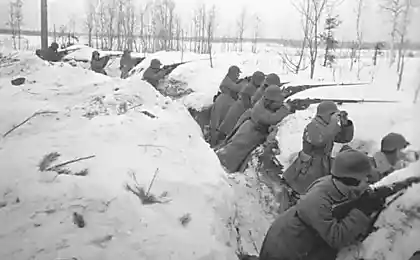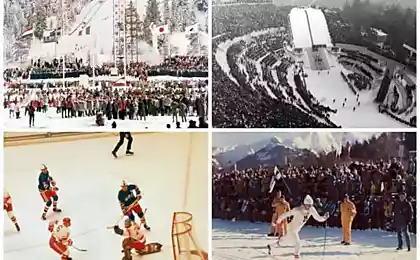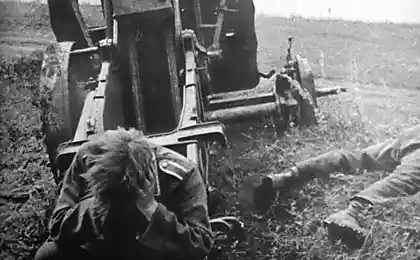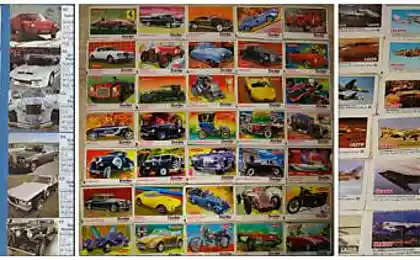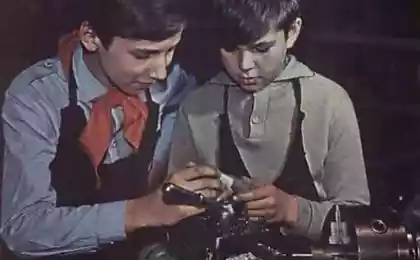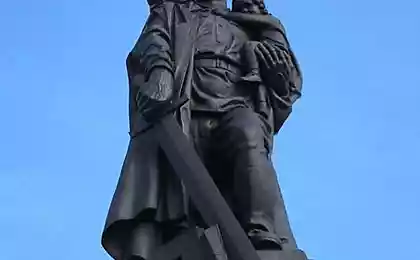2014
Soviet cars
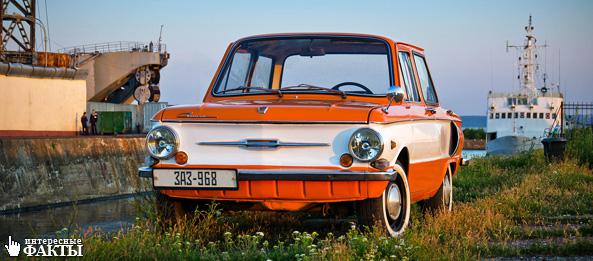
The basis for the VAZ-2101 served as Fiat-124. It was supposed to create a version of the suite, and on the basis of Fiat-125, which was a luxury version of the Fiat-124. Yet VAZ-2103 was developed based on the same Fiat-124. reason was the demand for unification of Soviet cars on which unification could not be less than 85% between the models.
There is an interesting fact about the name of the famous "Victory". According to legend, originally planned to call this car "Homeland." To which Stalin asked "How much home to sell you?". Developers had to quickly change the name, so was born the famous Soviet car "Victory».
Moskvich-408 and Moskvich-412 were widely known in Europe. These machines use Soviet-deserved popularity abroad. Even now there are few such brands who so gladly take the first Moscow Pawnshop. But in the late '60s about the "Muscovites" even wrote a famous English magazine Motor. A Norwegian edition of "Tehnikens verld" in 1968 even held a test survivability. Moskvich-408 has proudly stood mileage in 1240 km in the worst conditions.
NIVA VAZ-2121 - not only the most popular Soviet SUV, but also the most exported! For the last 30 years were produced 1, 8 million of these vehicles, of which 500,000 went to 100 countries. "Niva" was the only Soviet car that came to Japan!
Another interesting fact. The plans of the designers at Moskvich-400 was provided by 2 doors, as well as at its antitype Opel Kadet. But during the machine acceptance Stalin was such history. Generalissimo sat in the front passenger seat, and invited the Director MZMA Basil Takhtarova also get into the car. Naturally ask the leader to stand director did not dare, after which it was decided to make a 4-door car to make it as convenient for people.
Another cult Soviet machine was "The Seagull" (GAZ-14). But in 1988 issued a decree of the Central Committee of the CPSU, which was announced in the beginning of the struggle against privileges. "The Seagull" replaced "Volga" GAZ-3102, and the car is not simply removed from production, but also destroyed all the documentation on it, body dies, assembly lines, etc. This was the only case in the history of the automotive industry. And for this reason it was not possible in 1996 to resume production of "The Seagull».
Some of the participants of various automobile races became Moskvich-412.Tak in transcontinental marathon run "London - Sydney" (1968, 16 thousand km.) He took fourth place in the team standings; rally "London - Mexico City" (1970, 26 thousand km.) - third place in the team standings (after factory teams firms Ford and British Leyland), the best of the crew took the twelfth place in the individual standings (difficulty of the route shown by the fact that all then crossed the finish line 23 cars of different brands of 96 starters); he also participated in competitions such as the "Tour of Europe" (1971); "Golden Sands" (stage of the championship of Europe, Bulgaria, 1972); "Safari" in Nigeria (the beginning of 1973; the second, third, fifth place out of 27 cars crossed the finish line eight starters, including - all three "Moskvich" without serious damage); "Reid Polish" (stage of the championship of Europe, 1973); and others.
The history of the Ulyanovsk Automobile Plant begins with the Great Patriotic War. The plant was built in 1942 from the Moscow ZIL equipment evacuated. Initially, this venture was to produce cars for defense purposes, already in 1943, putting the current parts of about 4,000 units. first Oise created to accompany the tank column on the battlefield and were intended for delivery personnel to the place of combat missions. After the victory over Nazi Germany plant ceased to provide reliable and army passable UAZami. Later UAZ cars have been used in diverse sectors of production.
Zaporizhia Automobile Plant dates back to 1863 with the founding of the Dutch Abraham COOP plant for the production of agricultural machinery. In 1923, Coop plant changes its name to a more appropriate time - "Kommunar". But the scope of activity is maintained, the plant expands the range of agricultural machinery - releases new tractors, combine harvesters and others. And since 1961 the plant is officially called Zaporizhia Automobile.
ZIL-114 was a Soviet limousine for the carriage of members of the government. But were released and ZIL-117, which is the official version should serve as a vehicle tracking, more maneuverability, speed and dynamic. But for a different version of the Soviet car was created on the personal order of LI Brezhnev, who loved to ride in person at the wheel. And many witnesses saw him behind the wheel of this "short" ZIL.
